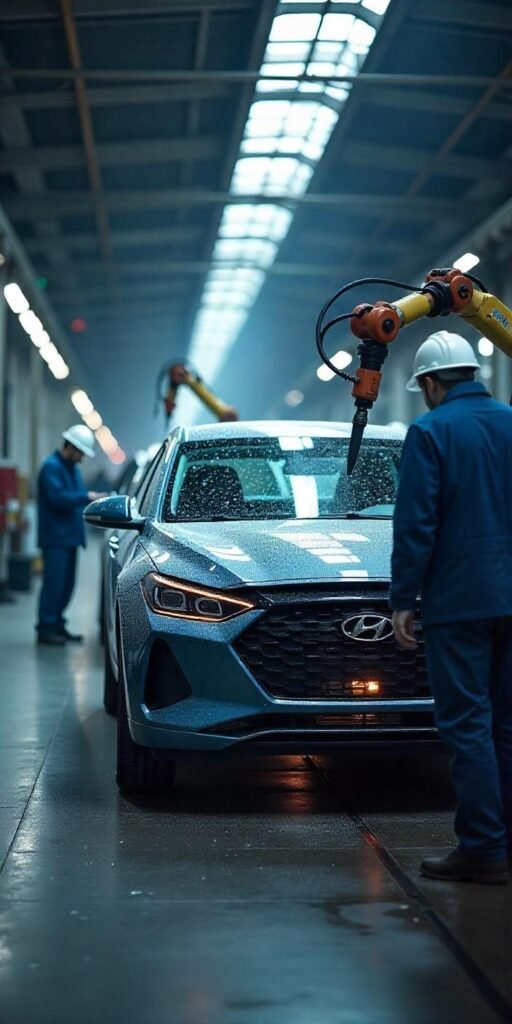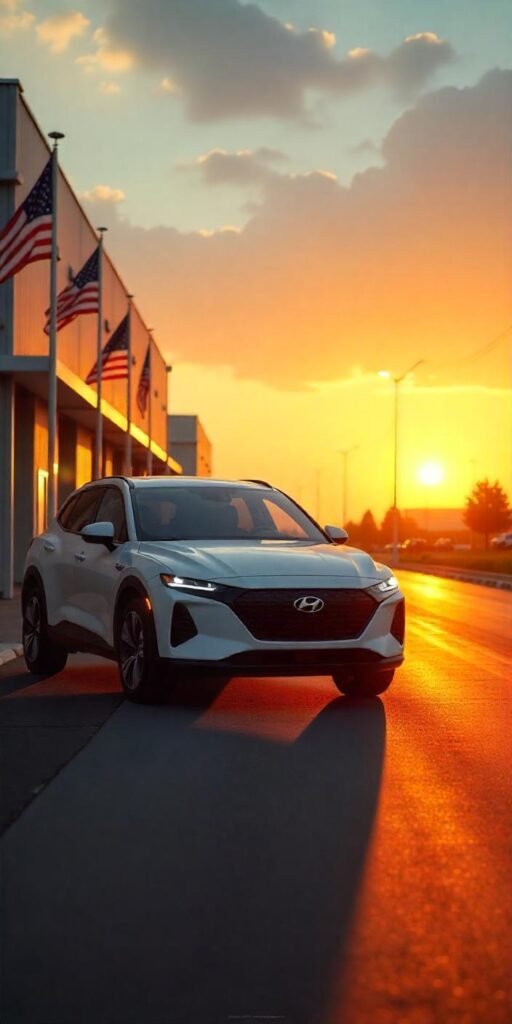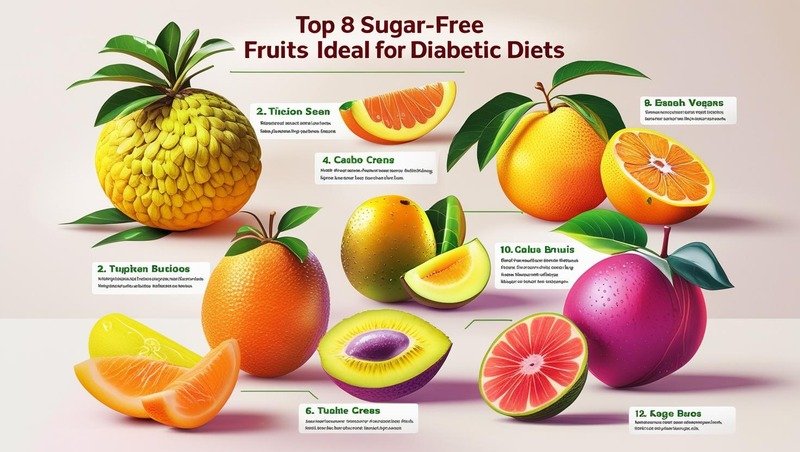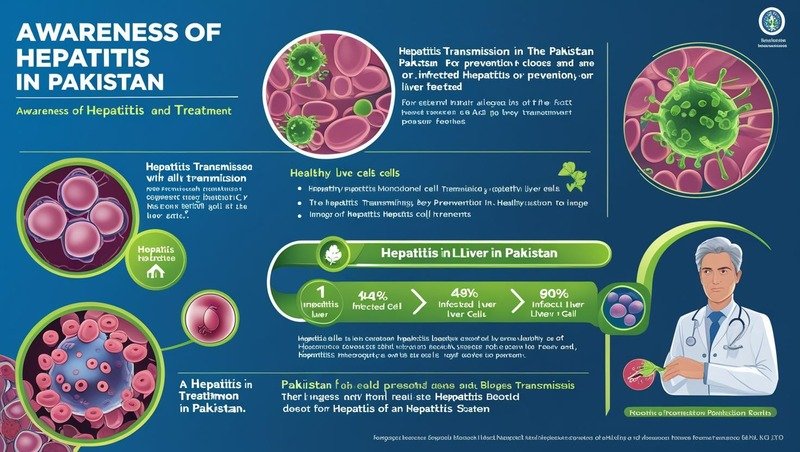
At the White House on Monday, South Korean company Hyundai and President Donald Trump announced a $20 billion investment in U.S. onshoring, including a $5 billion steel facility in Louisiana.
More than 1,400 jobs will be created by the $5.8 billion Louisiana complex, which will be Hyundai’s first steel production plant in the United States, producing over 2.7 million metric tons of steel annually. At a White House event, Trump said the factory will provide steel to Georgia and Alabama auto manufacturers.
President Trump, Louisiana Governor Jeff Landry, and Hyundai Chairman Euisun Chung made the announcement at the White House.
This is the company’s biggest investment in the United States to date, according to Chung.
On social media, White House Press Secretary Caroline Levitt posted, “President Trump’s economic policies have resulted in increased investment, more employment, and more money in the pockets of hardworking Americans.

Hyundai Chairman Euisun Chung spoke Monday, March 24, 2025, in the Roosevelt Room of the White House in Washington, D.C., while Louisiana Governor Jeff Landry, House Speaker Mike Johnson, and President Donald Trump stood. (AP)
The choice to establish a facility in the Savannah, Georgia, region “was initiated during my meeting with President Trump in 2019,” Chung said. This endeavor “makes this moment even more special, as it coincides with the beginning of President Trump’s second term.”
Early in January, trade journals revealed that Hyundai was thinking about building a steel facility in the United States before to Trump’s second term in order to lower manufacturing costs and further his protectionist economic objectives.
In addition to the 25% duty that Trump has already placed on imports of steel and aluminum, cars from Asia and Europe will also be subject to tariffs starting next month. The objective is to boost American auto production. But it’s not as easy as it looks.
For example, as part of an agreement to end the 2023 United Auto Workers strike, Stellantis, a North American automaker of vehicles under the Jeep, Ram, Dodge, and Chrysler brands, agreed to reopen an Illinois facility. With assurances that it will increase U.S. auto production, it has already alluded to reviving plans soon after Trump entered office. The facility won’t restart until 2027, though.
A significant amount of North America’s auto output is already produced in American auto plants, notwithstanding Trump’s claim that the tariffs are required to “save” the American auto sector.

10.2 million cars were assembled in the United States last year, compared to 4 million in Mexican facilities and 1.3 million in Canada, according to S&P Global Mobility data. Nearly a million people are employed in American manufacturers that make cars, trucks, and auto parts.
Enhanced Investment
Hyundai made the announcement prior to the potential imposition of higher tariffs on April 2 that target nations with huge trade surpluses, such as South Korea. With similar declarations from Japan’s SoftBank and Taiwan’s semiconductor business, Trump is promoting investment in American manufacturing.
Apple declared last month that it would invest $500 billion over the following four years to grow its projects, production, and facilities around the United States. Although part of the efforts were probably already in place, this investment is intended to assist the corporation in avoiding increased tariffs on items imported from China.
In order to increase artificial intelligence infrastructure in the United States, Oracle, OpenAI, and SoftBank also declared in January that they will form a new business named Stargate. Over the next several years, the corporations intend to invest a total of $500 billion in the project.
Large-scale U.S. investments to support American manufacturing have frequently been announced in tandem with businesses by newly elected presidents and other government officials. However, they have had a mixed record of success.
A $10 billion electronics facility in Wisconsin was announced by Trump and Foxconn in 2017, with the expectation that it will generate 13,000 jobs. However, the business ultimately decided to forgo the majority of its plans for the high-tech items and the facilities. The corporation said in 2021 that it would only spend $672 million on a new deal, which would mean less than 1,500 employment.
The difficulties associated with these massive manufacturing projects are shown by the conflicting outcomes of earlier announcements, such as the one involving Foxconn. Even while there is frequently initial excitement about investment and job creation, many of these programs have delays or adjustments, particularly when it comes to reaching aggressive goals for the number of jobs and economic effect.
Hyundai has shown a strong commitment to the U.S. market by investing in the steel mill and choosing to grow its activities in the country. However, a number of variables, such as the state of the economy, trade regulations, and political atmosphere, will affect this project’s success.
Although Hyundai’s steel facility is a big step forward, it is unclear how other foreign corporations will react to similar regulations. Trump’s government has continuously promoted reshoring manufacturing employment to the United States. The future of American manufacturing and trade relations may be significantly influenced by the success or failure of these endeavors.

Alongside other recent announcements from tech and manufacturing giants like Apple and Oracle, Hyundai’s investment reflects a broader trend of companies looking to diversify their production and lessen their reliance on overseas operations, particularly in light of ongoing supply chain disruptions and trade tensions. While the Trump administration’s tariffs are a major factor in this shift, businesses are also driven by logistical advantages, workforce availability, and technological advancements that make manufacturing in the U.S. increasingly appealing.
In the future, it will be important to keep an eye on how these investments develop and whether they produce the anticipated results, like the creation of jobs and a decrease in reliance on imports. Although these announcements undoubtedly inspire hope, the full impact won’t be evident until businesses strive to fulfill their obligations and negotiate the intricacies of the global economy.











Leave a Reply